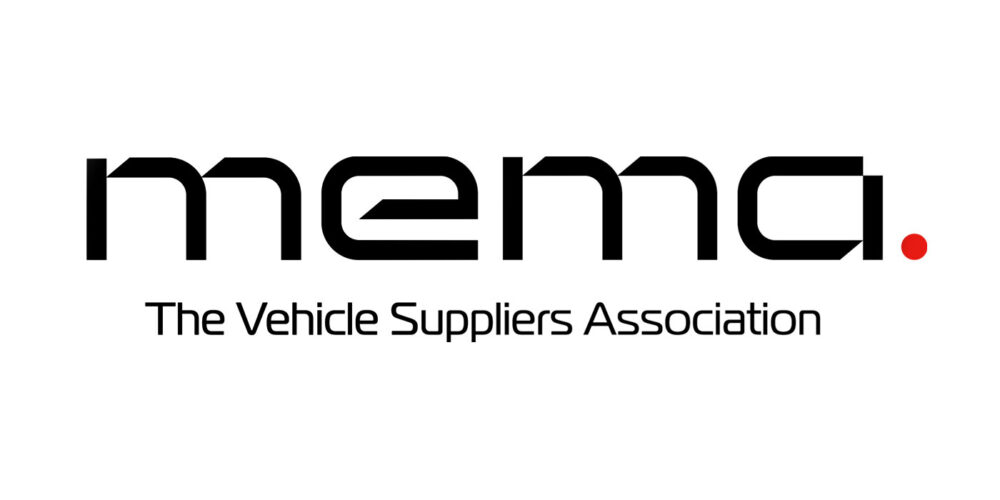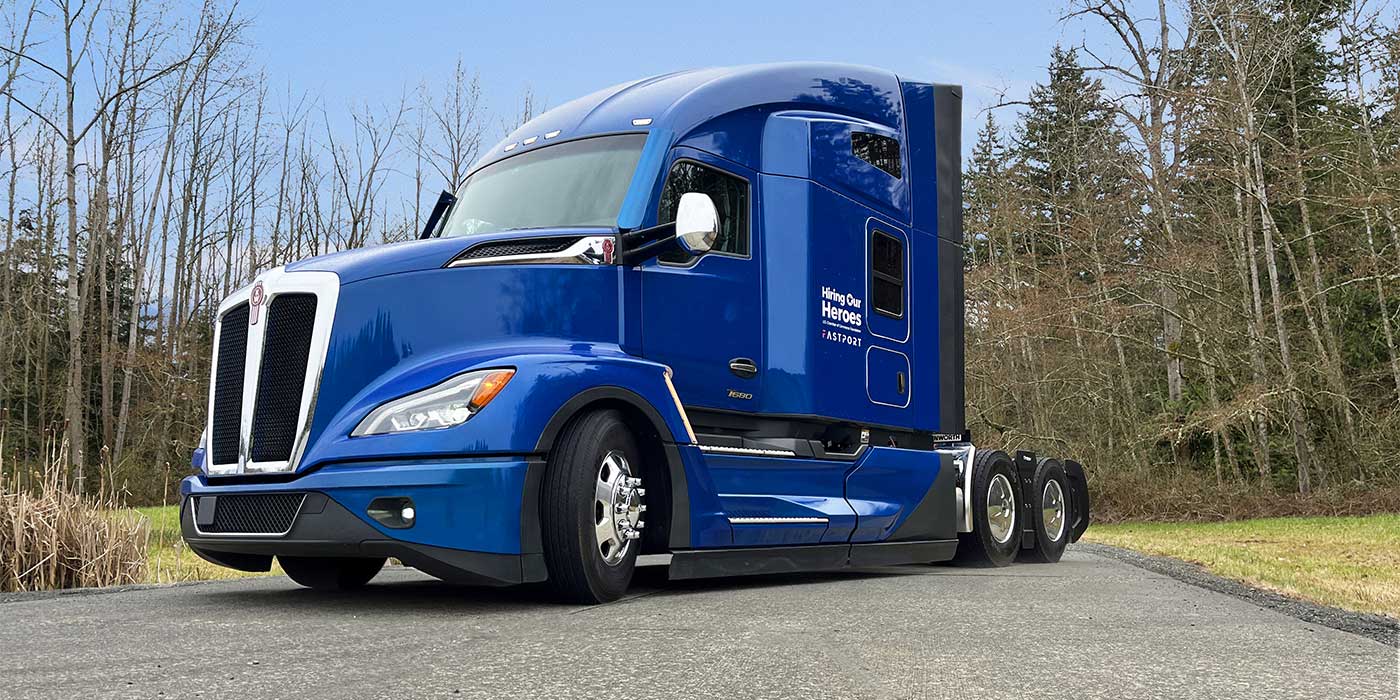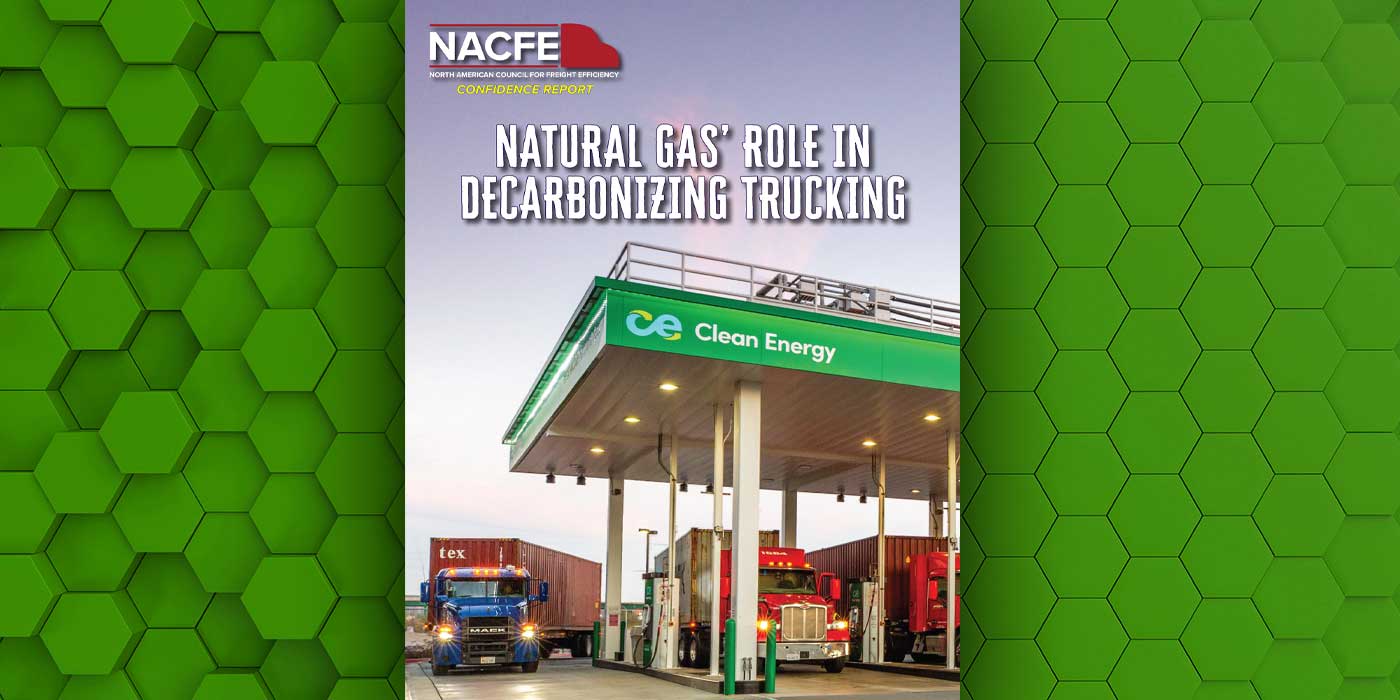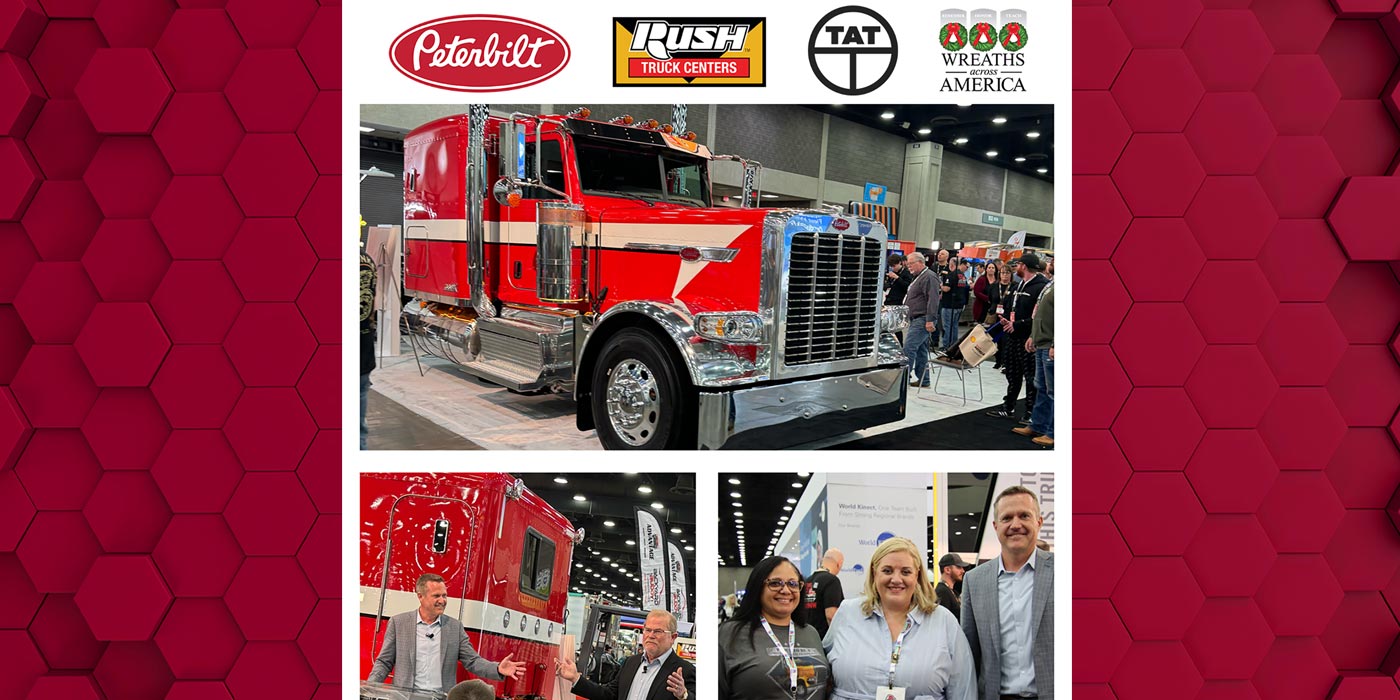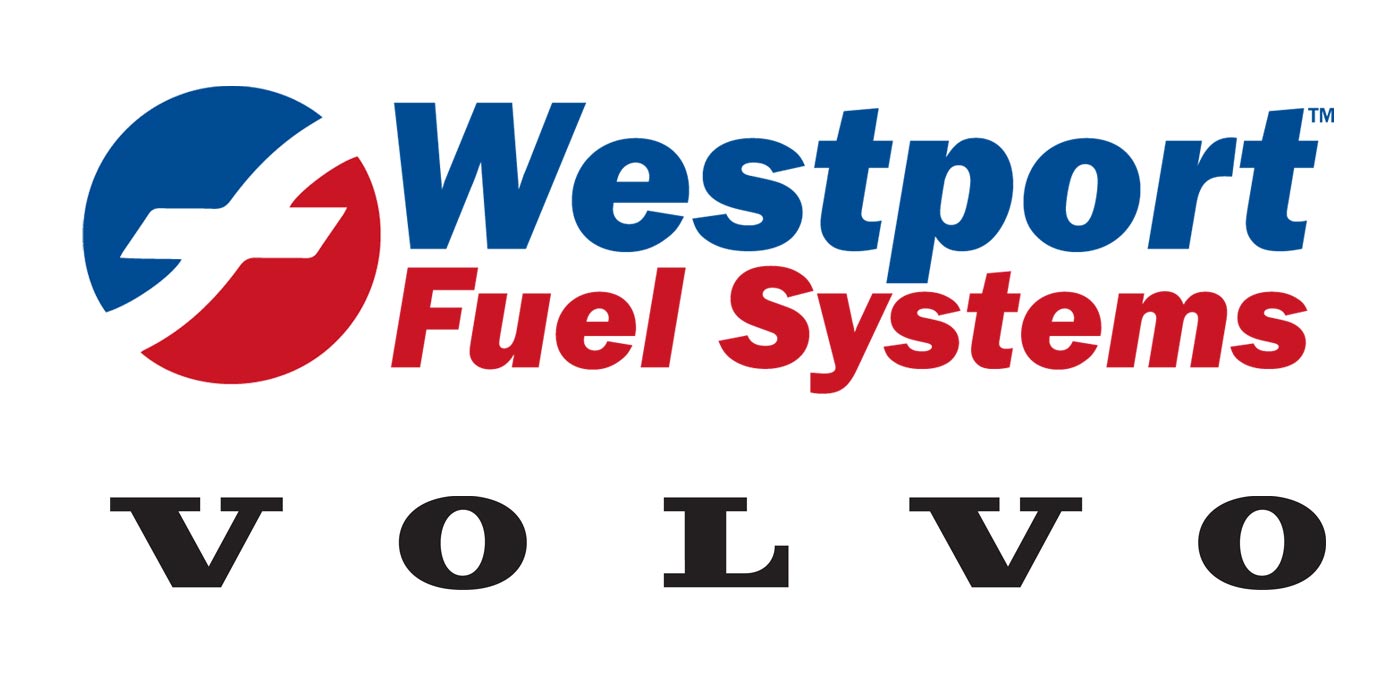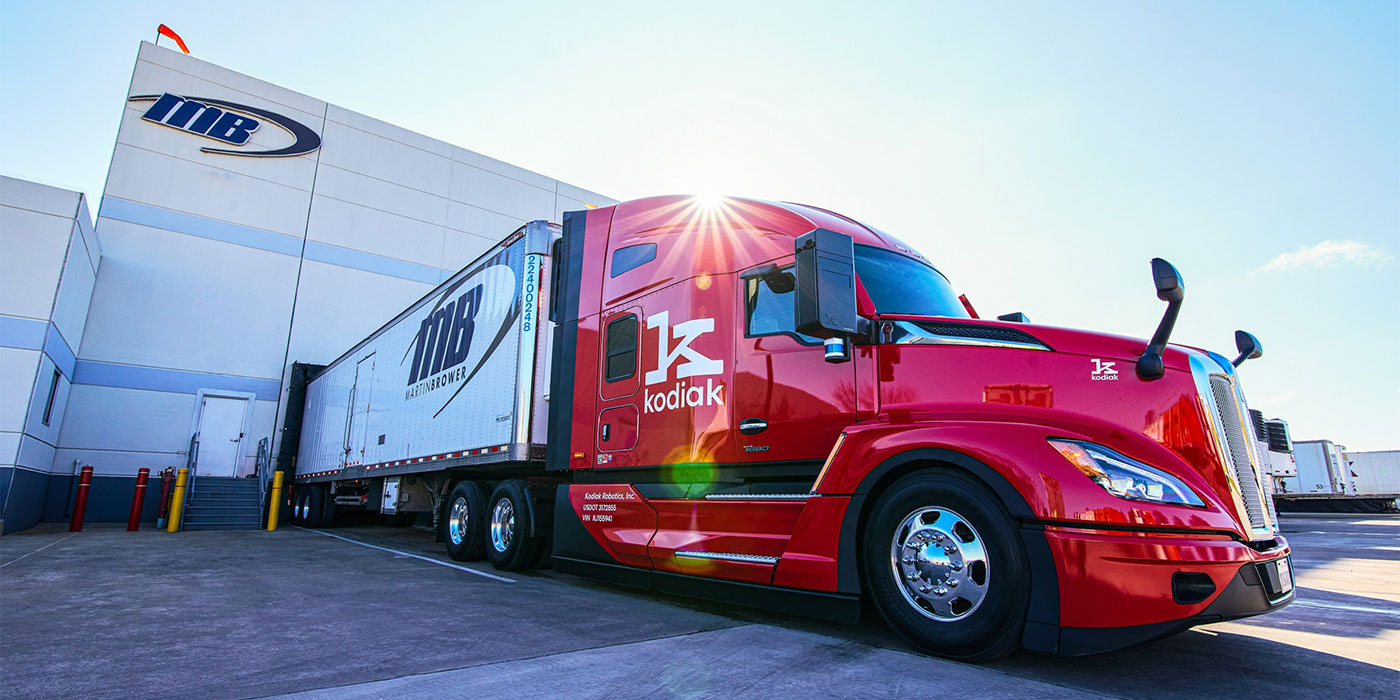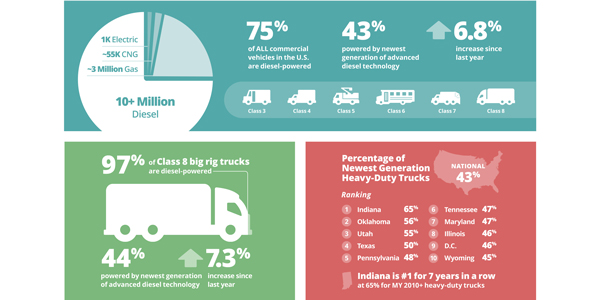
The newest, cleanest, near-zero-emissions diesel truck technologies now make up nearly half the U.S. fleet, jumping by 6.8% between Dec. 2017 and July 2019, according to new research from the Diesel Technology Forum. Since these cleaner diesel trucks were introduced in 2007, significant clean air and fuel efficiency benefits have been delivered to American consumers, with even greater environmental gains projected through 2030, the Forum says.
“As more of America’s commercial trucks rely on the newest, cleanest diesel technologies, greater air quality and fuel savings benefits are being realized by communities across the country,” said Allen Schaeffer, executive director of the Diesel Technology Forum. “Since 2007, the newest-generation diesel trucks on U.S. roads have eliminated 126 million tonnes of carbon dioxide (CO2), 18 million tons of nitrogen oxides (NOx) and 1 million tons of particulate matter (PM), and saved 12.4 billion gallons of diesel and 296 million barrels of crude oil.
“Put into context, the emissions and fuel savings attributable to new-generation diesel engines in commercial trucks is astounding: they equate to making 26 million cars all-electric, eliminating the PM emissions from all U.S. cars for 33 years, achieving carbon sequestration in a forest roughly the size of Texas, or creating a 27,000-turbine wind farm on land four times the size of Washington, D.C. – all benefits achieved thanks to the increasing adoption of the newest generation of advanced diesel engines.”
Beginning in 2011, all new heavy-duty trucks have been equipped with selective catalytic reduction (SCR) and particulate control technologies. These combine to achieve new U.S. Environmental Protection Agency (EPA) emissions requirements for NOx emissions of no more than 0.20 grams per brake horsepower hour (g/BHP-hr). This is in addition to PM emissions levels of no more than 0.01 g/BHP-hr.
Even more stringent emissions standards are in development, subject to ongoing discussions led by the U.S. EPA, the Forum says.
“As we look to the future where new fuels and technologies may come more into focus, we can’t hit the pause button on progress today,” said Schaeffer. “These new findings reinforce the importance of the new generation of diesel in delivering vital societal benefits today in the here-and-now. No technology is as vitally important to achieving current and future goals as advanced technology diesel engines.”
According to the Diesel Technology Forum’s analysis of 2018-2019 U.S. vehicles in operation data (Class 3-8) provided by IHS Markit, 43 percent of the nearly 11 million diesel-powered commercial vehicles on U.S. roads – from box delivery trucks to 18-wheelers – are now powered by the newest generation of diesel technologies (MY 2010 and newer). Over just four years, the percentage of new-generation diesel trucks on America’s roads has nearly doubled—up from just 25.7% of the fleet in 2015. Even by 2040, IHS Markit projects that the newest-generation diesel technologies will retain the majority share of Class 8 vehicle sales.
“Experts agree: America’s truckers and fleet operators continue to depend upon diesel technology, and will for years to come,” said Schaeffer. “Diesel’s dominance as the technology of choice for commercial vehicles reflects the technology’s proven record of continuous improvement and low-cost operation. Especially for the largest of trucks, no other fuel matches what the newest generation of diesel technology offers: efficient performance, near-zero emissions, reliability, durability, low-cost operation, and maximum flexibility in utilization, routing and fueling.”
By 2030, thanks to the continued increase of newest-generation diesel-powered vehicles, these savings are projected to grow to 1.3 billion tonnes of CO2, 73 million tonnes of NOx, 4 million tonnes of PM, 130 billion gallons of diesel and 33.1 billion barrels of crude oil, the Forum says.
State-by-State analysis
According to the same dataset from IHS Markit, a total of 17 states are at or above the national average for the percentage of clean diesel Class 3-8 commercial vehicles (All U.S.: 43%), and 15 states are growing their clean diesel fleets faster than the national average (All U.S.: 6.8%).
Texas, Indiana and California rank highest in the greatest total numbers of new Class 3-8 commercial vehicles, though Indiana, Oklahoma and Utah have the highest percentage of new-generation diesel trucks registered. (IN: 65%; OK: 56%; UT: 55%). Oklahoma, the District of Columbia and Indiana experienced the largest growth in their clean diesel fleets between Dec. 2017 and July 2019 (OK: 13%; DC: 13%; IN: 8%).
A full state-by-state breakdown is available on the Forum’s website.





